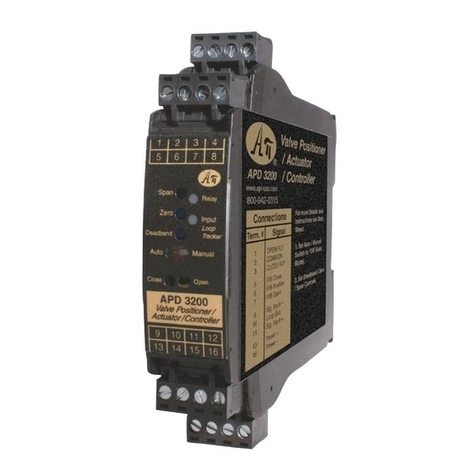MANUAL IM672
Table of Contents Page 2
Table of Contents
Table of Contents............................................................................................................................................2
1. Safety Summary .........................................................................................................................................4
1.1. Definitions ............................................................................................................................................4
1.2. Detailed Precautions..............................................................................................................................4
1.3. Electrostatic Discharge Sensitive (ESDS) .................................................................................................4
2. General Information ....................................................................................................................................5
2.1. Purpose ................................................................................................................................................5
2.2. Equipment Overview .............................................................................................................................5
3. Specifications..............................................................................................................................................5
3.1. Electrical Specifications..........................................................................................................................5
3.2. Timing Specifications .............................................................................................................................5
3.3. 420X Series modules .............................................................................................................................6
3.4. DC Power Input ....................................................................................................................................8
4. Installation and Operation ...........................................................................................................................8
4.1. Mounting ..............................................................................................................................................8
4.2. RF Connectors & Cable Installation.........................................................................................................8
4.3. Control Connectors................................................................................................................................8
4.3.1 AUX mode digital IO (10-pin 0.1” Header)..........................................................................................8
4.3.2 USB Mini-B.......................................................................................................................................9
4.4. USB/AUX Mode Interface Selection.........................................................................................................9
4.5. AUX Interface Modes...........................................................................................................................10
4.5.1 AUX Modes ....................................................................................................................................10
4.5.2 PIO Mode.......................................................................................................................................10
4.5.3 SPI Mode .......................................................................................................................................10
4.5.4 I2C Mode .......................................................................................................................................10
4.5.5 SPI and I2C Attenuation Data Format ..............................................................................................11
4.5.6 UART Mode....................................................................................................................................14
4.6. AUX Application Modes ........................................................................................................................14
4.6.1 PIOSW Mode..................................................................................................................................14
4.6.2 PULSE Mode...................................................................................................................................14
4.6.3 FADE Mode ....................................................................................................................................15
4.6.4 USB Mode AUX pin usage................................................................................................................16
4.6.5 USB ...............................................................................................................................................16
5. Command Operation .................................................................................................................................17
5.1. Command Reference ...........................................................................................................................18
5.2. Application Specific Commands ............................................................................................................18
ATTN ..................................................................................................................................................18
ATTN?.................................................................................................................................................19
STEPSIZE ............................................................................................................................................19
STEPSIZE? ..........................................................................................................................................19
INCR...................................................................................................................................................19
DECR ..................................................................................................................................................19
FADE...................................................................................................................................................20
FADE? .................................................................................................................................................20




























